
The Art of Non-Alcoholic Spirits
blog
For decades, spirits and cocktails have fostered a culture of craft, connection, and celebration. But over time, cocktail culture has evolved far beyond the buzz!
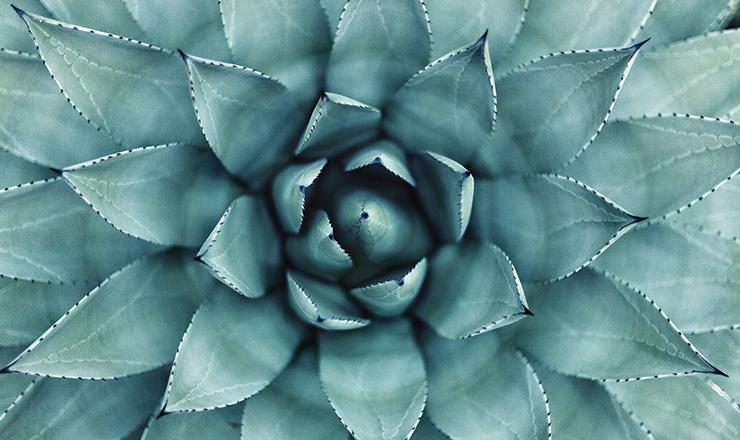
You may more readily recognize tequila by name — but how much do you really know about the spirit and its close cousin, mezcal? If you're feeling stumped, here are three primary differences that set the pair of agave-based liquors apart:
If you're from Kentucky, then you probably know that all bourbon is whiskey, but not all whiskey is bourbon. Similarly, all tequila is mezcal, but not all mezcal is tequila.
Like bourbon, tequila has a "denomination of origin," meaning that it must be produced in a specific place in order to be called tequila. In this case, tequila comes from what is known as the Tequila region of Mexico, which includes the states of Jalisco, Michoacán, Tamaulipas, Guanajuato, and Nayarit.

Mezcal, on the other hand, can be produced almost anywhere in Mexico, but it most commonly comes from its central and southern states, especially Oaxaca.
In order to be called a tequila, the spirit must contain at least 51% Blue Weber Agave or "Agave Tequilana," which is a specific type of desert succulent.
The higher the percentage of Blue Weber Agave in the tequila, the more premium the spirit. This makes sense, because these sweet plants take a whopping 8 to 12 years to mature and can only be harvested once.
Lower quality tequilas (those with a lesser percentage of Blue Weber Agave) may be filled out with a neutral spirit made from cane sugar juice, which makes them cheaper to produce and generally more inexpensive for consumers.
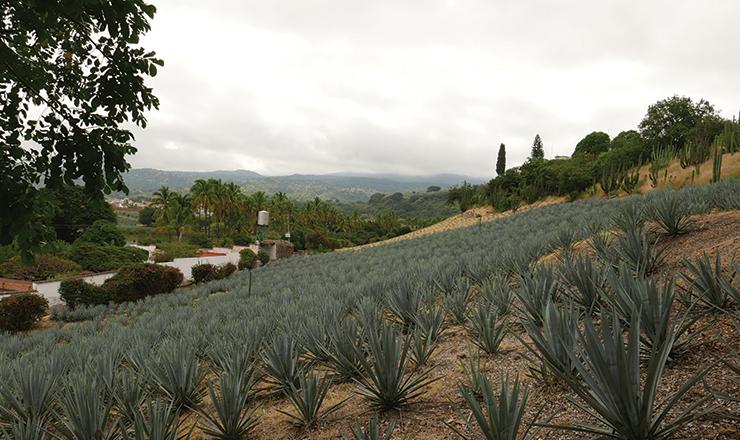
Mezcal has a little more freedom. There are over 40 strains of agave (or maguey) that can be used in mezcal, so long as they are native to the approved regions and contain the appropriate sugar levels required for production. Currently, Agave Espadin is used for about 90% of mezcal production, as it's easy to cultivate, wildly grown, commonly domesticated, and has similar tropical and floral notes as those enjoyed in Blue Weber Agave.
Depending on the unique conditions in which the agave was grown, as well as the techniques utilized in its production, tequila and mezcal can boast over 300 unique characteristics; however, mezcal is typically smokier in flavor than tequila. This is because of the unique production methods utilized for each.
Tequila is made by steaming the heart of the agave (called the piña) in above-ground ovens, crushing it, and fermenting the extracted sap, before distilling in copper pots.
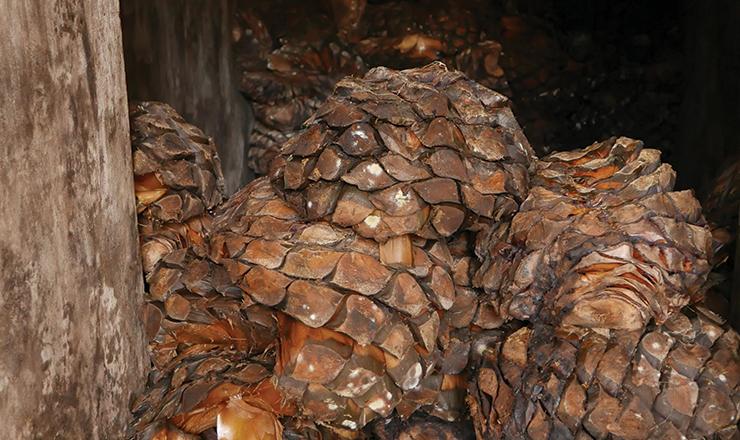
Meanwhile, mezcal production involves charring the piña prior to distillation. Before the agave can be cooked, underground pits are lined with hot rocks that burn for at least a day. This process is what gives mezcal it's signature smokiness.
Of course, there are a variety of age distinctions for tequila and mezcal products that also impact the final aroma and flavor, which ranges from light and fruity to deep and peppery — and everything in between!
According the IWSR, agave spirits like tequila and mezcal have made up the second-fastest growing spirits category in the past three years, rising at a rate of nine percent year-over-year. Add to this the continued growth of ready-to-drink (RTD) cocktails — many of which contain tequila! — and there is plenty of evidence for consumers' surging interest in agave-based spirits products.
However, for brands seeking entry into the category, there are a few sourcing obstacles to overcome thanks to Mexico's equivalent of the Alcohol and Tobacco Tax and Trade Bureau (TTB). The Consejo Regulador del Tequila (CRT) was established in Guadalajara, Jalisco, Mexico in 1994 as the only governing institution to certify tequila conformity to the Mexican Official Standard of Tequila. While the CRT's role is important, it also creates a logistical challenge for brands abroad wishing to acquire tequila for use in the development of tequila-based drinks.
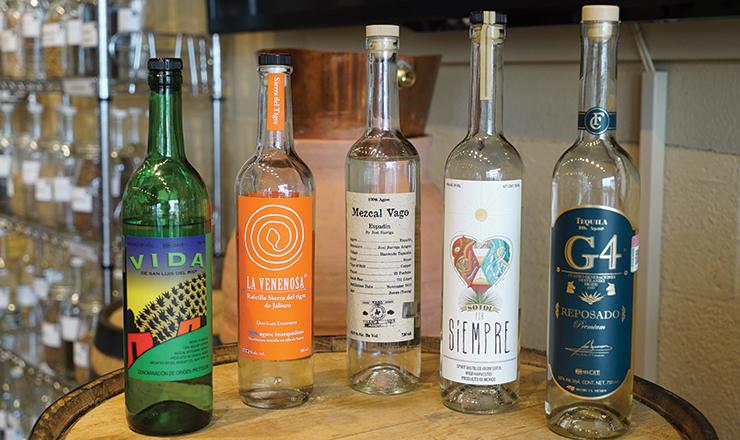
A major hurdle imposed by CRT regulations is the ban on exporting 100% Blue Weber Agave tequila in bulk. The CRT requires that it to be bottled in Mexico, making it unusable in co-packing facilities abroad. While it is permissible to export Mixto Tequila — a blend of agave-based spirit and neutral spirits — the regulations heavily favor the producer. Companies importing mixto are contractually tied to the producer for an extended period with little recourse if problems arise.
Have a beverage vision of your own? The beverage development experts at Flavorman would be glad to help you bring it to life! Just fill out this web form or give us a call at (502) 273-5214 to get started.

blog
For decades, spirits and cocktails have fostered a culture of craft, connection, and celebration. But over time, cocktail culture has evolved far beyond the buzz!
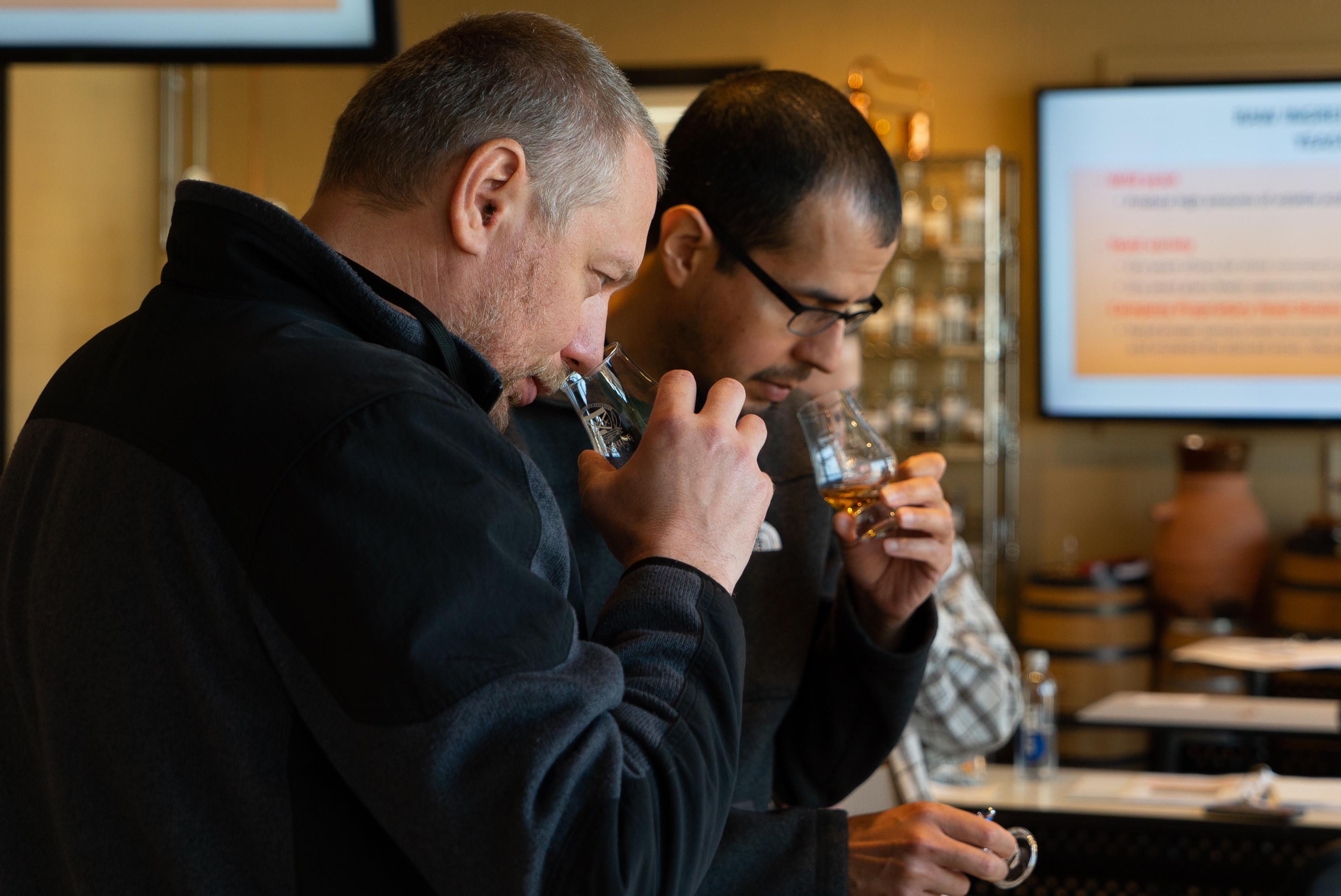
blog
Those that are familiar with the process of crafting distilled spirits may also be familiar with the 10 common congeners that are created during fermentation, and honed during the distillation run. Each congener has its own distinct personality, rendering unique tastes and aromas to the finished spirit.
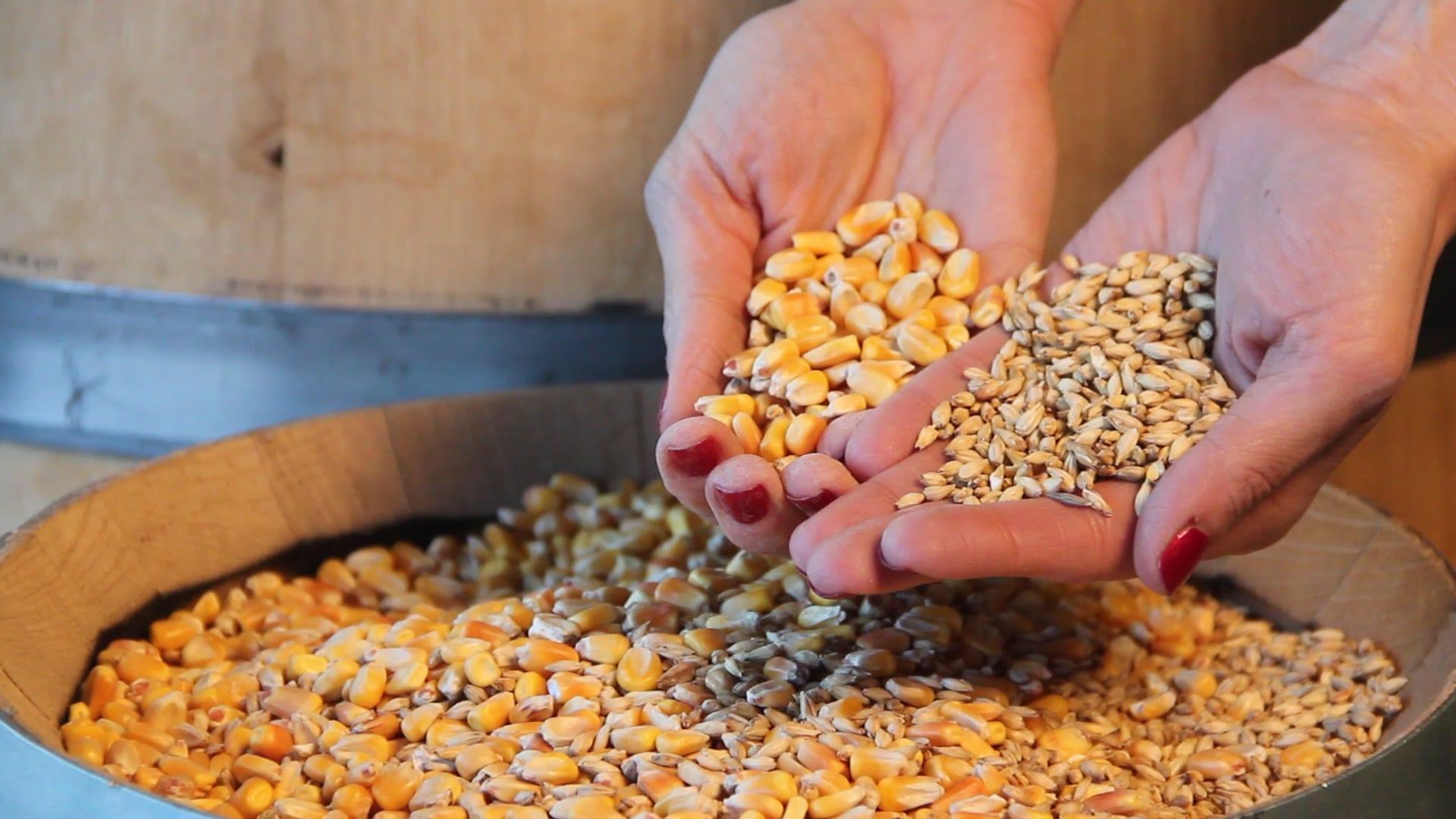
blog
So, you want to start distilling with freshly milled grain. Maybe you're tired of paying top dollar for the pre-milled stuff from the malt distributor, and you're ready to invest in the quality, efficiency, and bulk pricing that comes with milling your own whole grain. But where do you start?